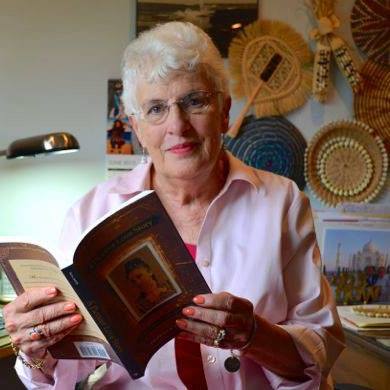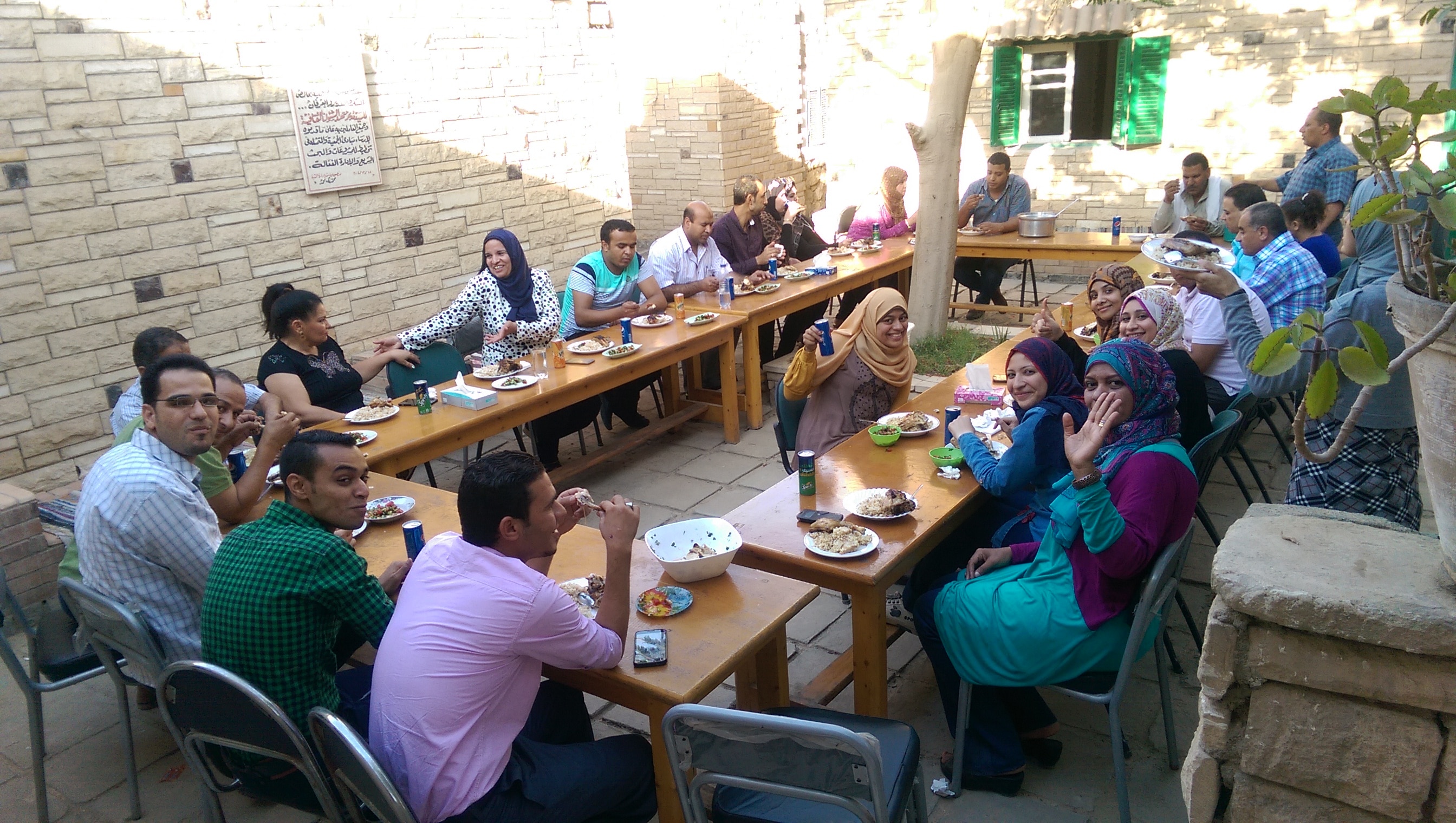Egyptian Village Surprises in 1979
Surprise and delight swept over me when we land in Cairo. Mark and Jean Poole meet us at the airport and drive us to a lovely small apartment. It is Jock Miner’s apartment in the area of Cairo called Maadi. Jock is a geologist and is there closing out Tripco’s interests in Egypt.
There is much building and beautification in Cairo. Jean comments that they have decided to care for their space since Sadat’s peace initiative. The airport has been enlarged, there is even a parking lot there now and flowers are blooming down the center of many streets.
Later, we drive up the east bank of the Nile through desert and then through some agricultural land on the west side of the road. Then on to Bayad which is on desert land. The largest building in sight is a Coptic Monastery just south of the village…reputed to be 3000 years old and one of the places Mary and Joseph stopped in Egypt.
Then I see a crowd gathered around five water faucets near the road. That really is the miracle of Bayad. As the people say, “before all was mis-munkin (impossible), now everything is munkin (possible) since the water came.” Our staff had seen thick government studies that say no water wells will produce anything on the east side of the Nile. “Nothing will be found” and nothing can be grown on the west of the road.
The villagers had drilled a well, built a pump house, laid pipe, built a water tank of stone, and found the only crane in all of Egypt which could reach high enough, or lift big enough to get the water tank to the top of the tower. That really changed the mind-set of the villagers in a hurry. After water was flowing the leaders of the village visited houses to get people to dig trenches to get the pipes laid. Some said “no” they wouldn’t dig…they had jobs or wanted to be paid. The village leader said, “If the people have forgotten the water is for all the people they need to be reminded.” He had the water turned off. Then all turned out to dig the trenches so the pipeline would go to all corners of the village.
They have five central faucets. Women come and go in a steady stream all day long filling their water jugs. One corner of the village has a demonstration toilet and shower house ready to go as soon as they get the pump back in. It is in Cairo with the motor being fixed. The other areas of the village are competing to get their bath houses built.
Another proven impossibility…last year vegetables were grown on a very small plot east of the road. In January a farmer we know from Oregon who had been to Bayad to work with them once before came back to help get the trickle irrigation stuff ready to do a sizeable plot…2 feddans (about two acres) – they got the land all cleared and about ready to work on the irrigation stuff when the Monuments people came in and stopped them. The governor of Beni Suef has said go ahead where you are, but there seems to be a lot of tension between Government and Antiquities so they are slowed.
We experienced Bayad as both fascinating and horrible as we walked through the village. All the women and children were friendly and open…yelling hello and shaking our hands. Said, one of the Egyptian staff took us down his street and his mother came out and asked us to come in for a cup of tea. It is a deadly insult to refuse so in we went. Said’s father commented that with the project “a light has come on in Bayad” Said was translating of course – his parents speak no English. One bench and one mat on the floor – a room for a stove of sorts and another dark room for sleeping. The tea (after about 30 minutes) was in a shot glass size glass and horribly thick and sweet.
Later we rode across the Nile to Beni Suef in a felucca (a boat straight out of a picture book Bible). The people aboard (20-25) were fascinated by us, especially Joyce and her black skin. There was one Egyptian man who knew enough English to ask halting questions for the crowd…like who was married to whom…was she Filipino…would she go home with first this one and then another. We had gone across the Nile to see Bishop Athenasus, who is a dear friend of the ICA, but he had gone to Alexandria so back across the Nile we went.
Bayad was an old Roman garrison. The last village you get to before Bayad is El Alma – where St. Anthony went out into the desert. An armed guard has been posted at the staff house in Bayad around the clock. The governor of Beni Suef thinks that hurting the Americans in a village would be a good way of embarrassing Sadat. Our colleagues are the only westerners living in any Egyptian village and it seems strange to see the guard with his gun over his shoulder as we come and go.
It is a three-hour drive back into Cairo so we left mid-morning of our third day to see people in the city. Mark Poole had an appointment with Bishop Samuels in the late afternoon so the four of us went along also. Bishop Samuels is like the Prime Minister for the Pope of the Coptic Church. Rodney had met him in 1972 when he was in Cairo with Joe Matthews so we had a good visit with him…reporting what we had seen and done.
When we finished the audience with Bishop Samuels he led us across the hall where a group of about 100 young men and women were waiting for him to lecture them. They all work in various areas of the slums of Cairo. When he introduced us and said the word “Bayad” the whole room went “ah-ah-ah” in awesome respect. It was clear that they had heard of the village of Bayad.

